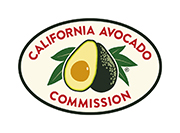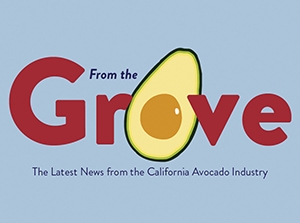A Balanced Avocado Tree Can Be a More Profitable Avocado Tree
Ideally, an avocado tree would produce a similar crop each year. But avocado trees tend to adopt an alternate bearing cycle — an on-crop year (a large crop of fruit that is usually smaller in size) followed by an off-crop (less fruit that is generally larger in size) year. Once started, an alternate bearing cycle can be self-perpetuating. A large on-crop inhibits fruit set and flowering, leading to a smaller crop next year. Likewise, a small off-crop leads to robust fruit set and flowering and a large crop the following year.
Profitability is difficult to manage when crop sizes are highly variable each year. Highs and lows in California avocado production also provide global competitors like Chile, Peru and Mexico with more opportunities to enter the market. As consumer demand for avocados continues to grow, off-crop years in the California avocado industry leave gaps that competitors will attempt to fill.
In 2008/09, the California avocado industry produced 175 million pounds; in 2009/10 the California crop came in at 535 million pounds; in 2010/11 the crop was 303 million pounds. The 2011/12 crop was over 463 million pounds and crop estimates for 2012/13 hover around 500 million pounds. This level of variability is common around the world for avocado growers. But for individual avocado growers, extremes in avocado harvest can cause grove incomes to fluctuate unpredictably.
Cultural management practices that help California avocado growers manage the alternate bearing cycle are important to improving profitability and ensuring that California avocado growers can meet increasing consumer demands each year.


